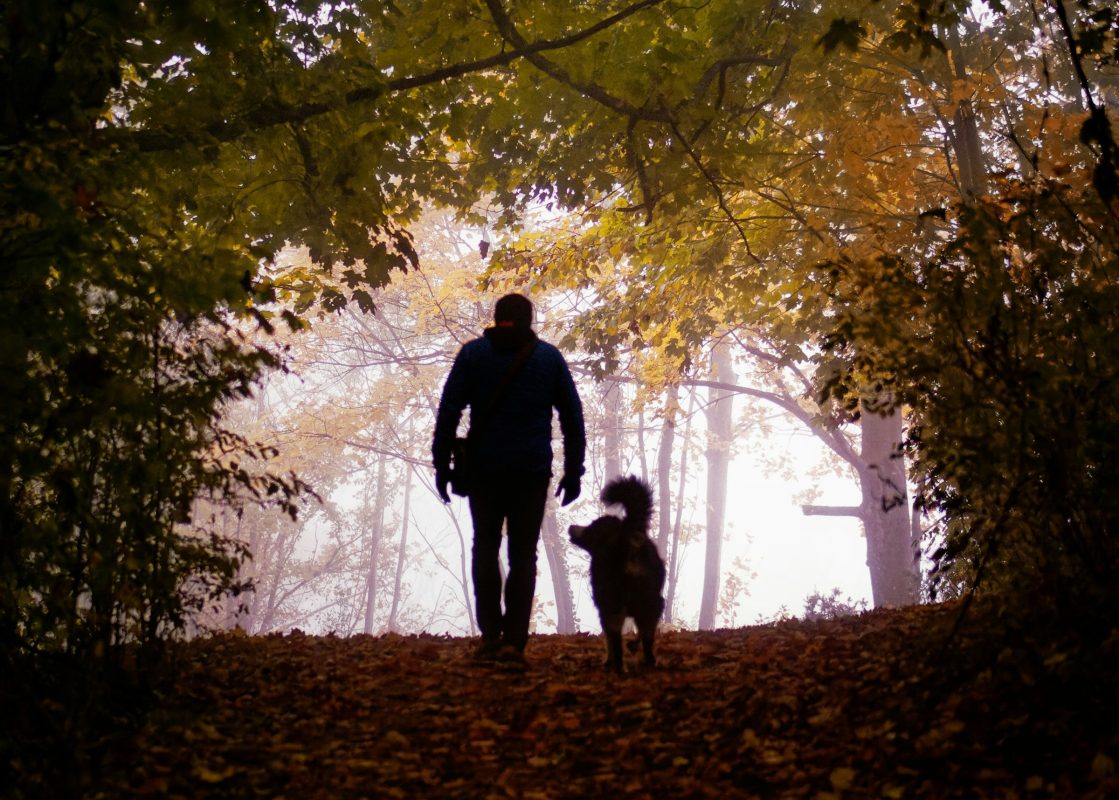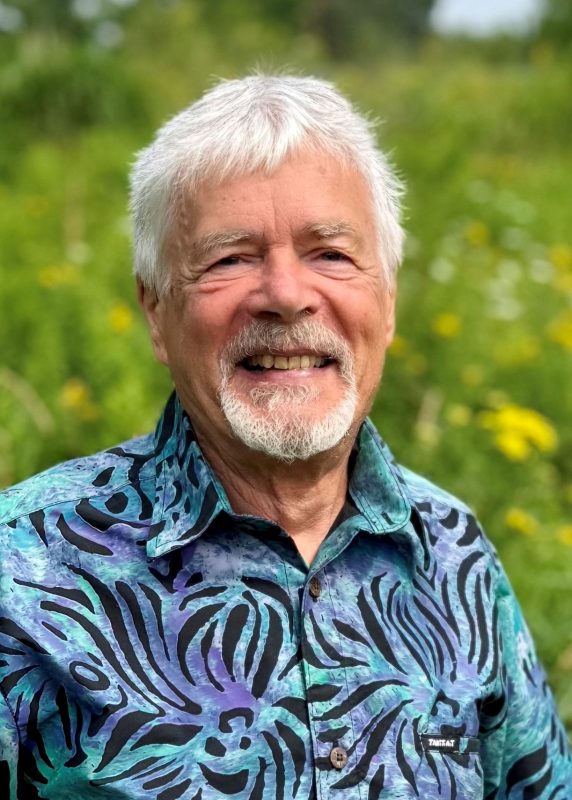Relating to Nature
By Peter Sale | Published September 20, 2025

I think it is time we talked about our relationship with Nature. In the Muskoka region, Nature is all around us, and many of us are now quite comfortable identifying where we live with reference to natural features of our surroundings instead of by reference to a town or a municipality.
But our relationship to Nature means a lot more than that because we do not just live within the natural environment, we are a part of it. We have been ignoring this fact for far too long.
Take the water cycle. Most people can remember being taught about the water cycle in school. In its simplest version, the water cycle is described as a two-step process – water evaporates from the land, lakes, rivers and the ocean to become water vapor in the atmosphere. And water vapor condenses to form rain, sleet, hail or snow returning that water to the land, rivers and ocean, and so on ad infinitum.
But that is a grossly oversimplified version of the story. True, water evaporates from land surfaces and surfaces of water bodies to become water vapor in the atmosphere, and that water vapor subsequently condenses, usually because the body of air it is in has cooled. But the rain does not just fall down to earth to wait around until it evaporates again. Some of that water is taken up by the roots of trees and other plants to become part of the cytoplasm of every plant cell, to transport sugars and other products from place to place within the plant, and to be used in photosynthesis, that miraculous chemical process that most plants, algae and some bacteria, but no animals have perfected. Photosynthesis builds new organic materials such as sugars and starches that store the energy of sunlight for future use in growth and reproduction. As animals, we consume plants directly, or indirectly by consuming animals that eat plants, and in so doing we take some of that water for use in our own bodies. We also drink water when it is available and cannot survive very long without drinking water. Our bodies are about 60% water, and we got that water from our food and whatever water we drink.
We release water back to the wider environment in our sweat, our urine, and our breath (every time we breathe out we release water that has passed from our blood stream through our lungs into the air). If we stop sweating or urinating we die, though somewhat more slowly than if we stop drinking. In other words, not only are we made up 60% of water, we have to have a continuous flow from the outside world into our bodies and back out in order to live. Some of the water taken up by tree roots is emitted to the air via transpiration from the leaves, and all other organisms take in water and pass it back out as well. All forms of life are parts of the water cycle.
Similar tales can be told about oxygen, calcium, nitrogen and other essential ingredients of life – they all cycle through all parts of the environment including us. Far from being the managers, rulers, owners of the environment, we are inextricably part of it and totally dependent on other parts to continue to live. Reflect on this next time you sit beside a waterfall or watch bees and butterflies busy in your garden.
This perspective may at first seem novel, science-nerdy, or far too tree-hugger green. But fundamentally, it more accurately describes how we are related to Nature than does the consumerist one most of us have been brought up with. And we will live smarter and be more effective in sustaining our lives, our society and our economy, as well as our watershed, if we can embrace this central fact: you and I are integral parts of the watershed.

This article is No 15 in Muskoka Watershed Council’s current series, Living Smarter in Muskoka. Author of the article and editor of the series is Dr Peter Sale, one small part of the Muskoka River watershed for the past 19 years, and Director and former Chair of MWC.
First published by MuskokaRegion.com
